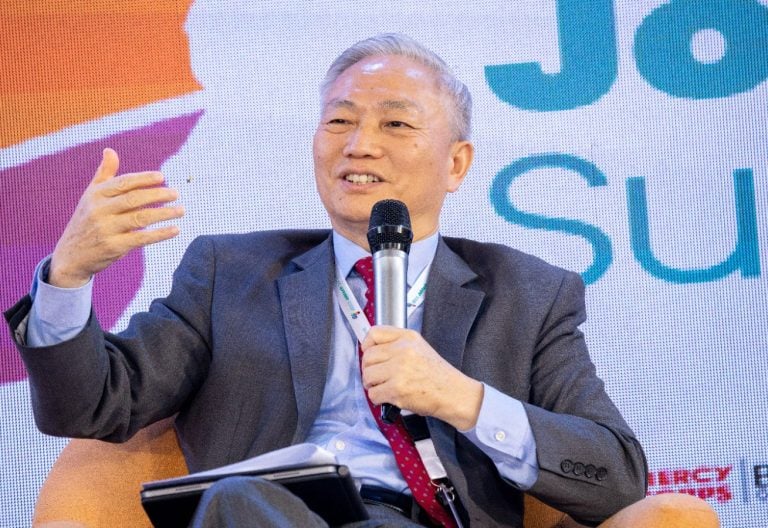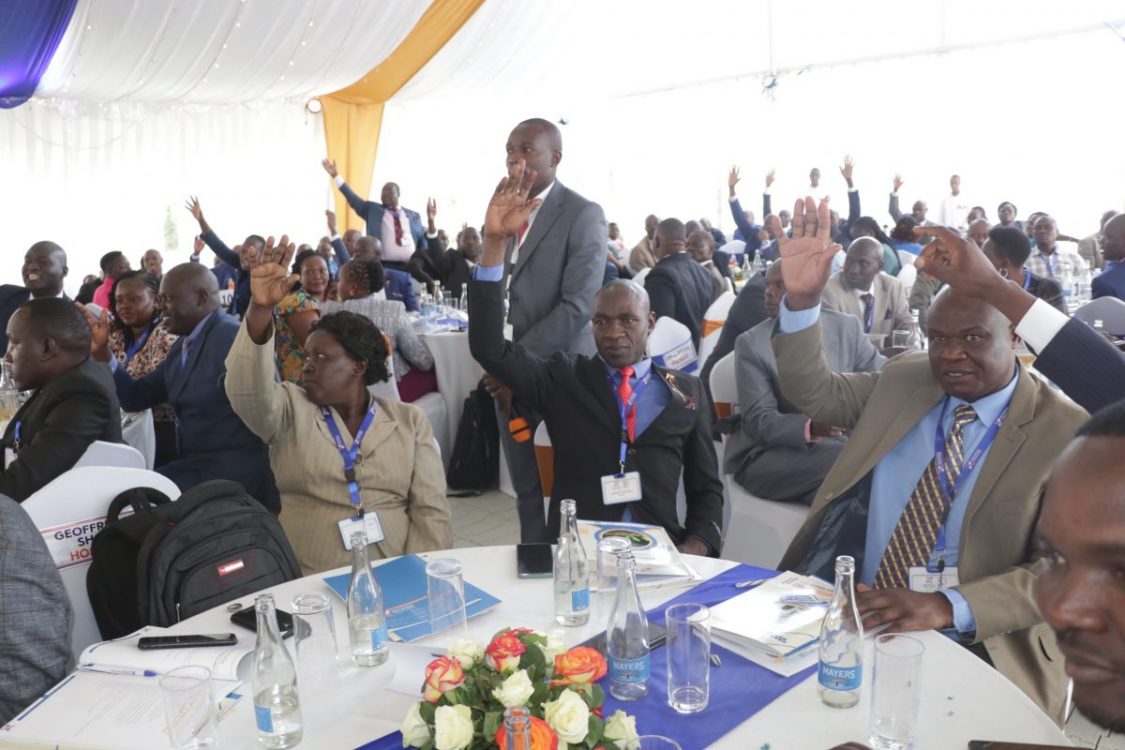Sacco members reap big in 2022 dividend payouts
By Steve Umidha, February 22, 2023The year has started well for members of savings and credit co-operative societies (Saccos) who got paid lucrative dividends and interest on deposits, despite economic hardships occasioned by the disruptive war in Ukraine and last year’s General Election.
Several Saccos made generous payments to members for the financial year ended December 31 on improved surpluses, increased membership as well as enhanced member deposits, according to data released by some entities.
Top rewarding Saccos last year include Kenya National Police DT Sacco whose board of directors yesterday recommended a dividend payout on a share capital rate of 17 per cent amounting to Sh552 million on deposits at a rate of 11 per cent or Sh2.7 billion up from 10.8 per cent or Sh2.4 billion it paid in 2021.
The society’s annual revenue grew to Sh7.9 billion last year from Sh7 billion a year earlier, a 12.9 per cent growth cementing their place as key pillars of Kenya’s saving culture. Harambee Sacco announced an increase in dividends on members’ share capital at 10 per cent last year, from 8 per cent declared in 2021.
Revenue earnings
The year also saw the Sacco report gross revenue earnings of Sh5 billion, an all-time high for the 52 year–old Sacco. The society posted Sh5.01 billion for the period ended December 31 2022 from the Sh4.22 billion it announced in 2022.
The shareholders of Safaricom Investment Co-operative Sacco approved a Sh176.9 million dividend payout which is 7 per cent per share capital last year, up from the 4.7 per cent it declared a year earlier. It posted Sh542.9 million last year in total earnings compared to Sh396.3 million in 2021.
Nation Sacco on the other hand paid 18 per cent share capital on members’ deposits, the majority of whom are Kenyan journalists at the rate of 9.5 per cent, while Tower Sacco members settled for a share capital of 20 per cent on members’ deposits at the rate of 13 per cent.
Nyati Sacco paid the highest dividend payout of 21 per cent on its share capital and 11.30 per cent member deposits in the fiscal year 2021/2022, making it the best dividend payment last year.
After being hit hard by pandemic shocks, several Saccos resumed payouts in 2021 after a two-year hiatus, following the unforgiving waves of the Covid-19 pandemic which broke out in 2019, affecting members’ ability to borrow and repay in time. During the period, between March 2019 and mid-2021, many employees went on unpaid leave while others took pay-cut, with many businesses either recording losses or completely shut down. This saw many Sacco members withdraw their savings to cater to their needs.
“We have had a leadership consultation forum that has come up with a roadmap that will address the sector’s lingering challenges,” said Simon Chelugui, Cabinet Secretart for Co-operatives & Micro, Small, and Medium Enterprises (MSMEs).
The improved bonus payouts by firms that have since released their financial performance for the year in review point to better economic prospects for a sub-sector on its way to hitting Sh1 trillion in assets under management by Kenyan Saccos, according to analysts.
“It is a culmination of an improved tightening of our regulatory policies in the sub-sector. A lot of work has gone into the successes we are seeing today,” said Peter Njuguna, Chief executive of Sacco Societies Regulatory Authority (Sasra).
He added: “But there is still more that needs to be done if we are to hit the Sh1 trillion milestone goal. From our unaudited industry results for 2022, I can say we are just Sh40 billion shy from achieving that target.”
Pay dividends
Kenyan Saccos usually pay dividends regularly at different intervals depending on what members agree on. The interval can range from monthly to annually – but most such payments are done yearly.
Shareholders ordinarily hold annual delegates meetings (ADMs) to decide the dividend and interest rate to offer in the coming financial year – with as many firms typically holding their ADMs in the first quarter of the year.
More Articles

